Video Highlight: start of mugwort flowering in 2025
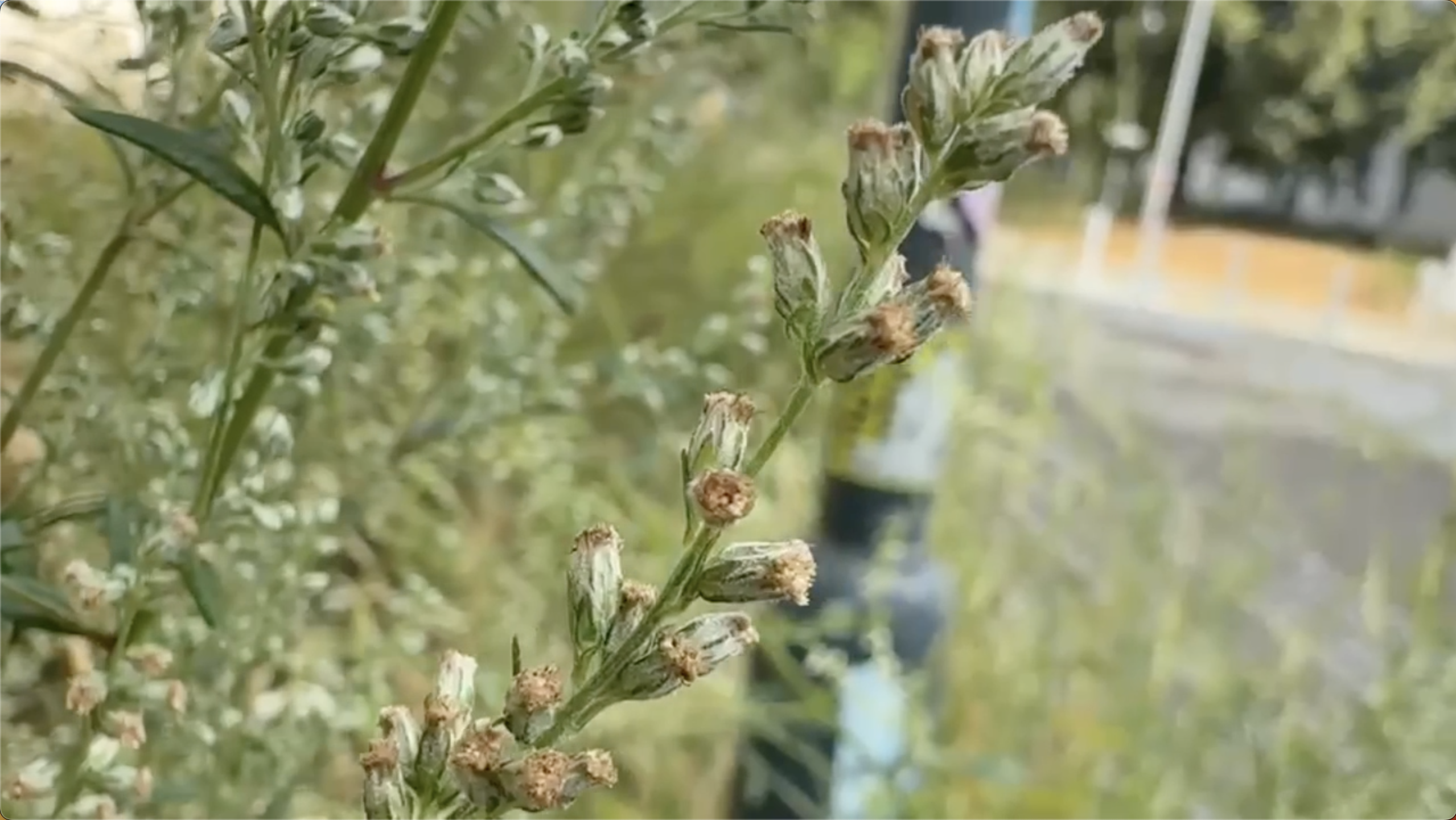
After activation, data will be sent to YouTube. Further information here: Data protection
Here you can see a flowering common mugwort (Artemisia vulgaris) in the city center with already opened flowers.
Video Highlight: final phase of the main grass pollination period 2025
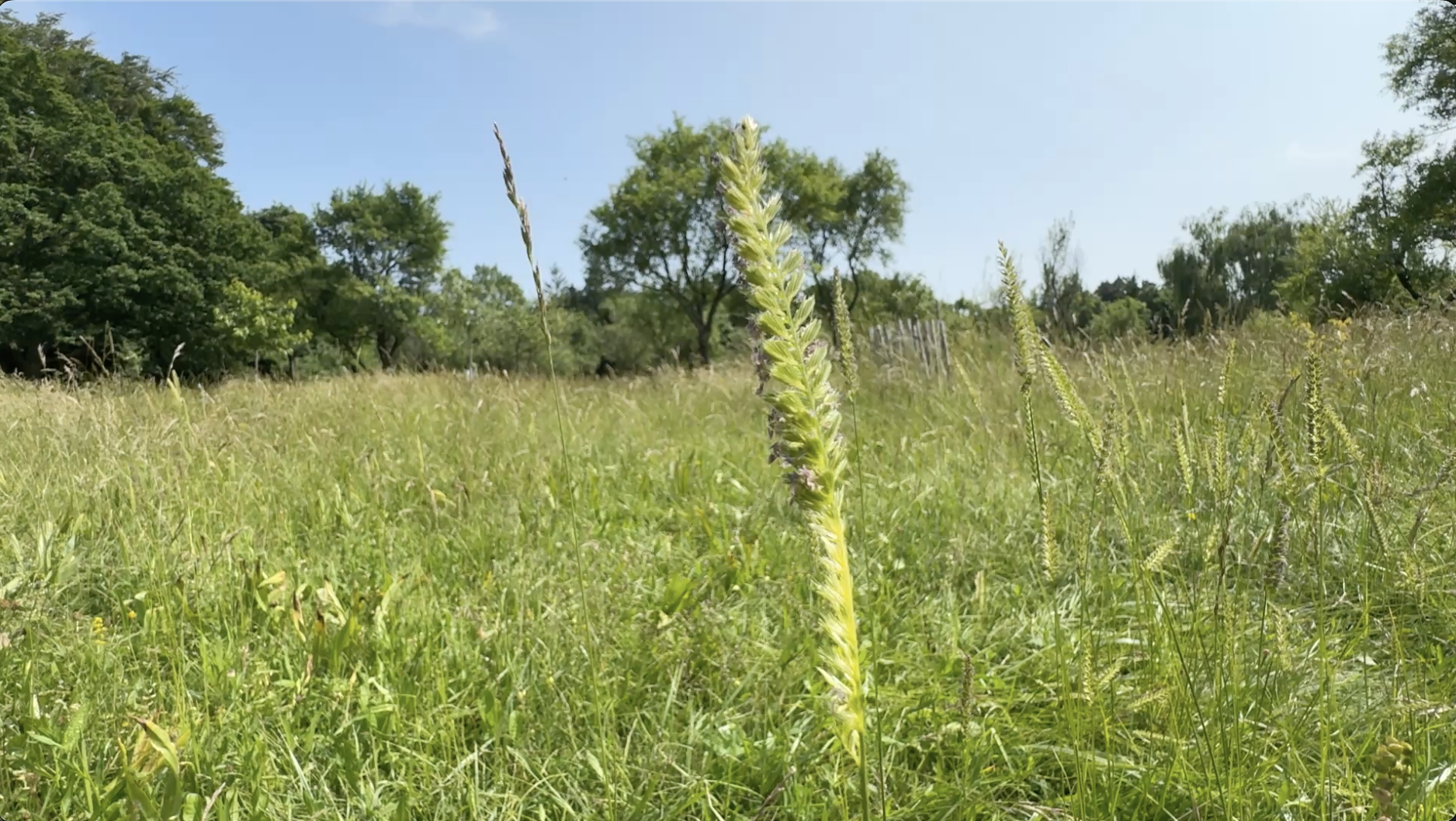
After activation, data will be sent to YouTube. Further information here: Data protection
Here you can see flowering crested dogtail grass (Cynosurus cristatus) in the foreground and extensive meadows in the background, which have already exhausted most of their flowering potential.
Video Highlight: first pollination of the birch 2025
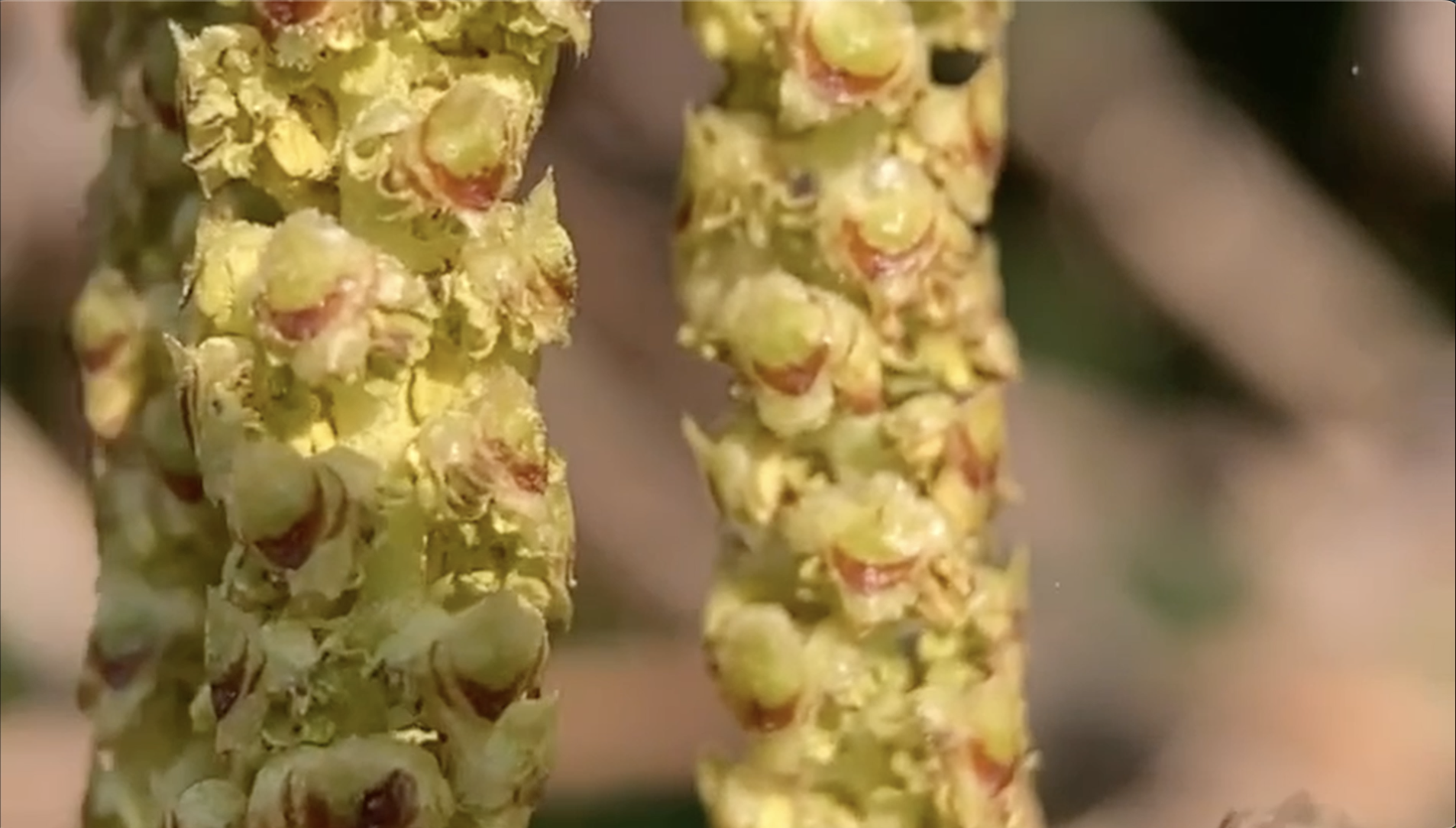
After activation, data will be sent to YouTube. Further information here: Data protection
Here you can see birch catkins that are already dusting in a macro video. Pollen is released into the air as yellowish dust when touched.
Video Highlight: flower of black alder 2025
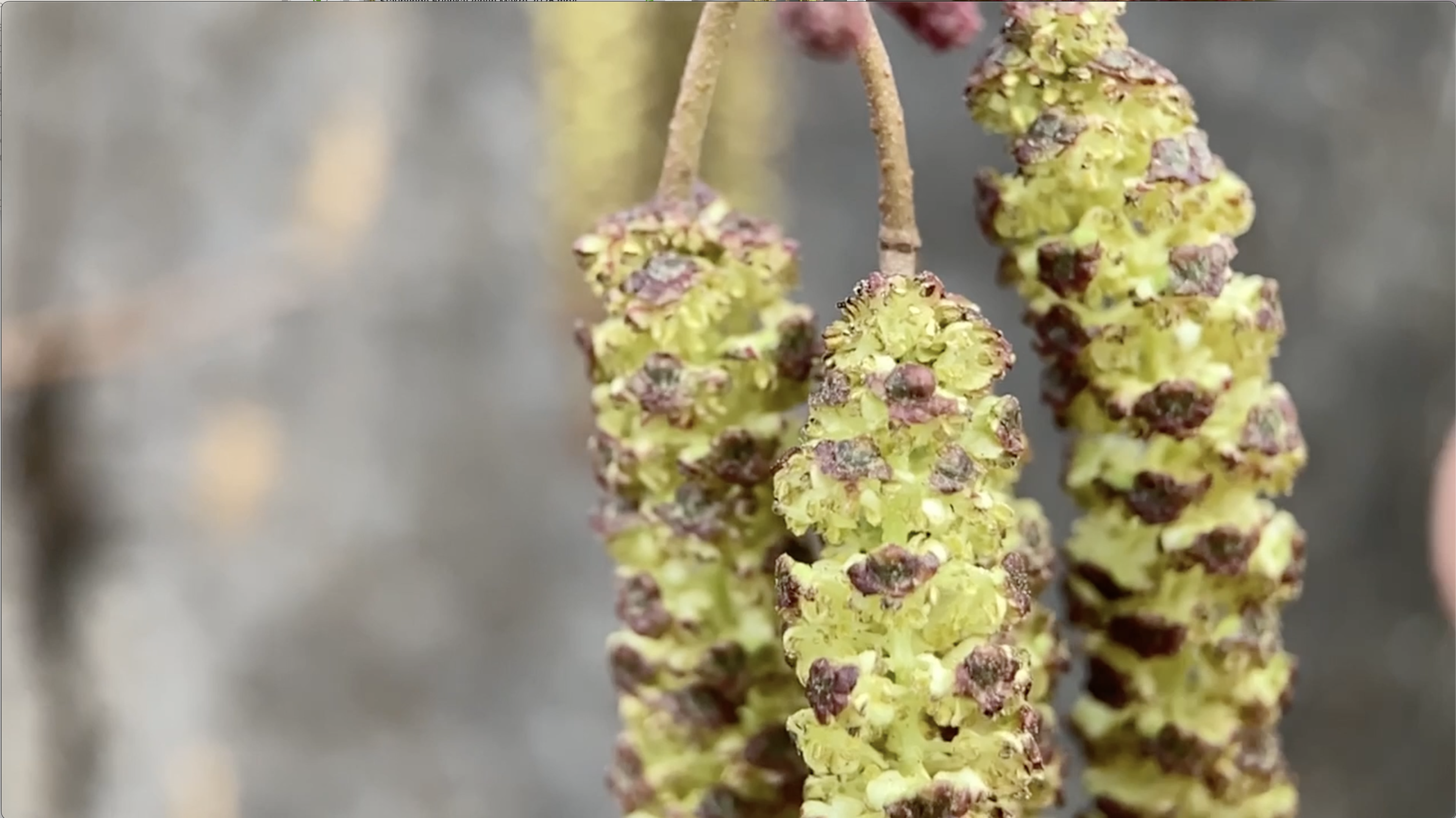
After activation, data will be sent to YouTube. Further information here: Data protection
The main pollination period of the black alder in Vienna usually extends from February to March. This year, the main flowering period began in calendar week 8.
Video Highlight: flower of hazel 2025
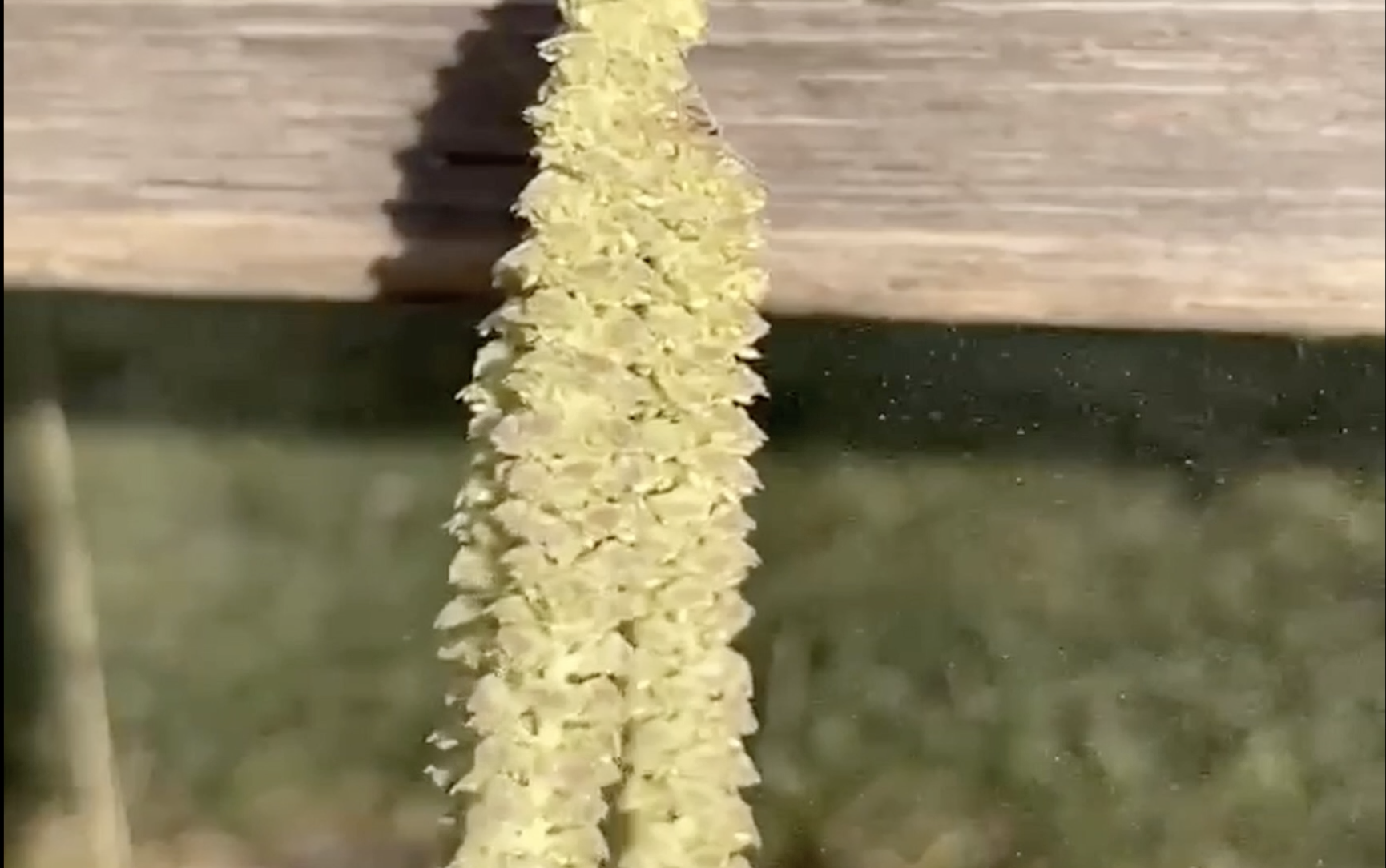
After activation, data will be sent to YouTube. Further information here: Data protection
Pollen is only released when the catkins are in bloom. Each male catkin can contain millions of pollen grains (between 2 and up to 8 million depending on the reference).